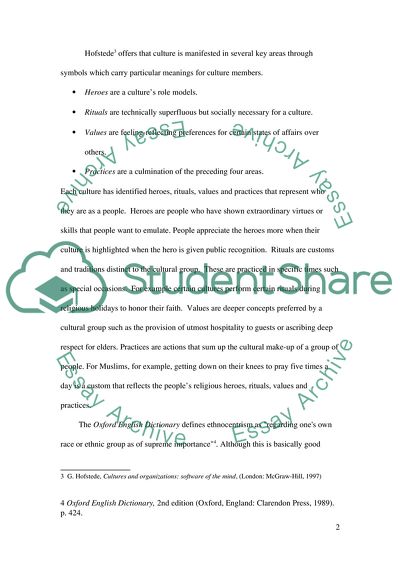Cite this document
(“Cross Cultural Communication Exam Essay Example | Topics and Well Written Essays - 1500 words”, n.d.)
Cross Cultural Communication Exam Essay Example | Topics and Well Written Essays - 1500 words. Retrieved from https://studentshare.org/miscellaneous/1593117-cross-cultural-communication-exam
Cross Cultural Communication Exam Essay Example | Topics and Well Written Essays - 1500 words. Retrieved from https://studentshare.org/miscellaneous/1593117-cross-cultural-communication-exam
(Cross Cultural Communication Exam Essay Example | Topics and Well Written Essays - 1500 Words)
Cross Cultural Communication Exam Essay Example | Topics and Well Written Essays - 1500 Words. https://studentshare.org/miscellaneous/1593117-cross-cultural-communication-exam.
Cross Cultural Communication Exam Essay Example | Topics and Well Written Essays - 1500 Words. https://studentshare.org/miscellaneous/1593117-cross-cultural-communication-exam.
“Cross Cultural Communication Exam Essay Example | Topics and Well Written Essays - 1500 Words”, n.d. https://studentshare.org/miscellaneous/1593117-cross-cultural-communication-exam.


